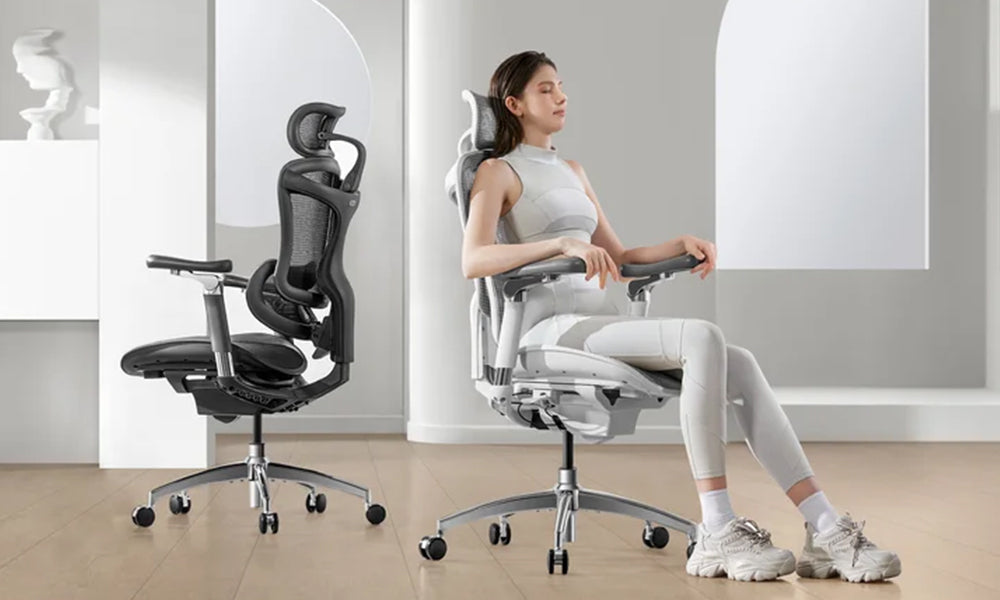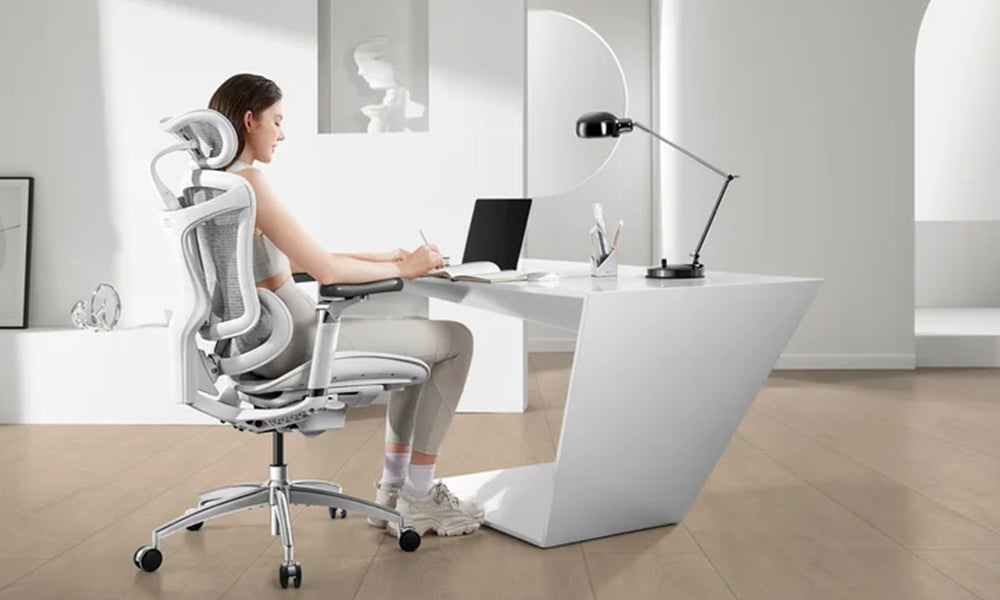In today's fast-paced work environment, spending long hours sitting at a desk has become the norm for many individuals. This sedentary lifestyle can lead to discomfort, fatigue, and even long-term health issues. To mitigate these concerns, ergonomic office chairs have gained popularity as they are designed to provide optimal comfort and support during extended periods of sitting. However, owning an ergonomic chair is only part of the solution – knowing how to adjust it correctly is key to reaping the benefits it offers. In this comprehensive guide, we will walk you through the steps to properly adjust your ergonomic office chair to enhance your comfort, promote better posture, and increase overall productivity.
Understanding Ergonomics and Its Importance
Before delving into the adjustment process, it's essential to grasp the concept of ergonomics. Ergonomics is the science of designing and arranging the workplace to fit the capabilities and limitations of the human body. An ergonomic office chair is specifically designed to support your body's natural posture and movement, helping to prevent musculoskeletal issues and promoting overall well-being.
Choosing the Right Ergonomic Office Chair
Selecting the right ergonomic chair is the first step toward achieving optimal comfort and productivity. When choosing a chair, consider the following factors:
Lumbar Support: Look for a chair that offers adjustable lumbar support to maintain the natural curve of your lower spine.
Seat Depth and Width: Opt for a chair with an adjustable seat depth and width to ensure your thighs are supported while allowing a few inches of space between the back of your knees and the seat.
Adjustable Armrests: Prioritize chairs with adjustable armrests that can be aligned with your desk height and provide support to your arms without causing strain.
Height Adjustment: A chair with pneumatic height adjustment will enable you to position your feet flat on the floor, with your thighs parallel to the ground.
Setting Up Your Ergonomic Office Chair
Once you've selected the right chair, it's time to properly adjust it to fit your body. Follow these steps for optimal setup:
Step 1: Adjust Seat Height
Begin by standing in front of your chair and adjusting its height so that the top of the seat aligns with the bottom of your kneecaps.
Sit down and ensure your feet are flat on the floor, with your thighs parallel to the ground. Your knees should be at a 90-degree angle.
Step 2: Configure Lumbar Support
Adjust the lumbar support height to fit the curve of your lower back. This will help maintain the natural S-shape of your spine.
Ensure the lumbar support provides gentle pressure on your lower back without causing discomfort.
Step 3: Set Seat Depth
If your chair allows for seat depth adjustment, ensure there's a few inches of space between the back of your knees and the seat edge.
Step 4: Align Armrests
Adjust the armrests' height so they're level with your desk, allowing your arms to rest comfortably and your shoulders to remain relaxed.
Armrests should support your forearms without causing strain to your shoulders.
Step 5: Check Recline and Tilt Options
If your chair has a recline feature, adjust it to a position that allows you to lean back comfortably while maintaining eye level with your computer screen.
Some chairs offer tilt options – adjust the tilt tension to your preference, ensuring that your body weight is evenly distributed.
Step 6: Monitor and Keyboard Placement
Position your computer monitor at eye level, about an arm's length away from you. This prevents strain on your neck and eyes.
Place your keyboard and mouse close enough that your elbows are at a 90-degree angle when typing, and your wrists remain in a neutral position.
Making Regular Adjustments
Our bodies aren't static, and even with the most ergonomic chair, you may need to make occasional adjustments to maintain comfort. Here are some tips:
Movement Breaks: Incorporate short breaks to stand, stretch, and walk around. This reduces the strain on your muscles and joints.
Dynamic Sitting: Shift your weight, change your sitting position, and use the chair's features to promote movement while seated.
Check Your Posture: Periodically assess your posture – make sure your back is aligned with the chair's backrest, and your feet are flat on the floor.
Additional Tips for Comfort and Productivity
Use Cushions or Pillows: If needed, add a lumbar cushion or seat cushion to enhance comfort and support.
Stay Hydrated: Drinking water throughout the day encourages breaks and helps you stay focused.
Proper Lighting: Ensure your workspace is well-lit to prevent eye strain and maintain alertness.
Regular Exercise: Engage in regular physical activity to counteract the effects of prolonged sitting.
Conclusion
Investing in an ergonomic office chair is a significant step toward improving your comfort, posture, and productivity during long hours of work. However, owning the chair is just the beginning – the key lies in knowing how to adjust it to suit your unique body shape and needs. By following the steps outlined in this guide, you'll be well on your way to creating an ergonomic workstation that promotes overall well-being and enhances your work performance. Remember, a few simple adjustments can make a world of difference in how you feel and perform throughout the day.



